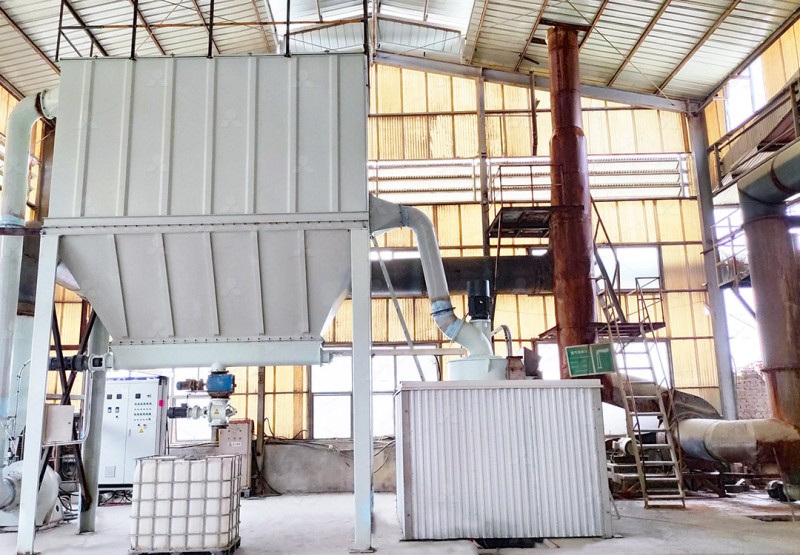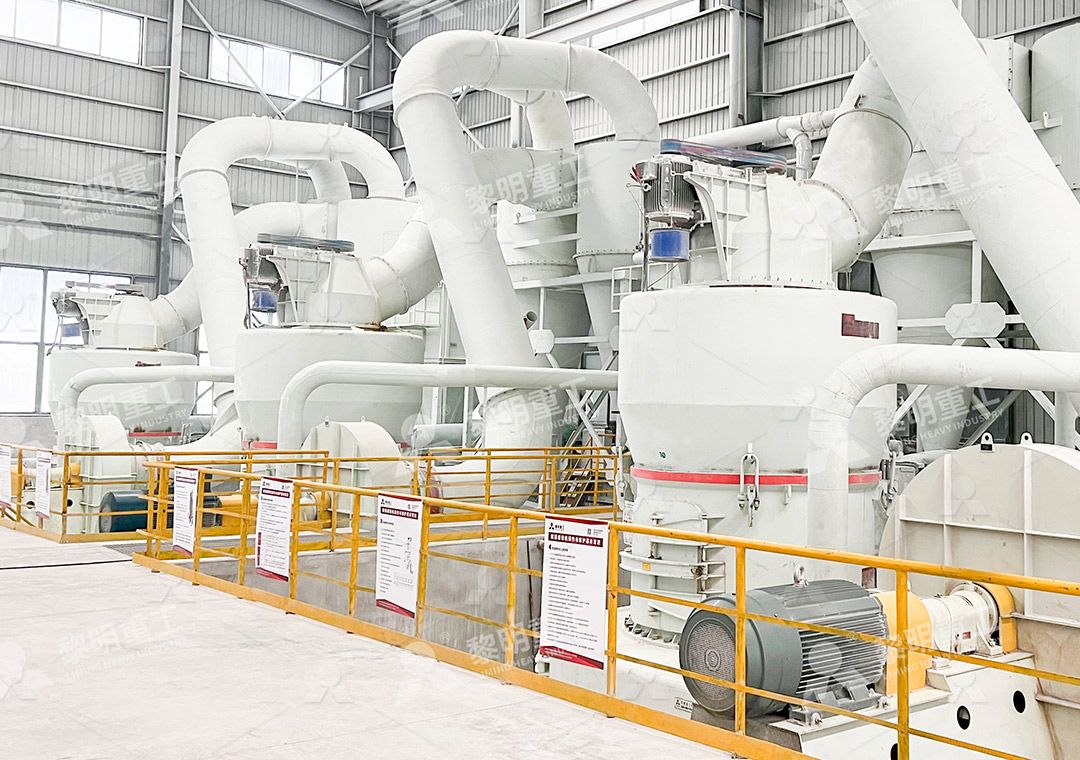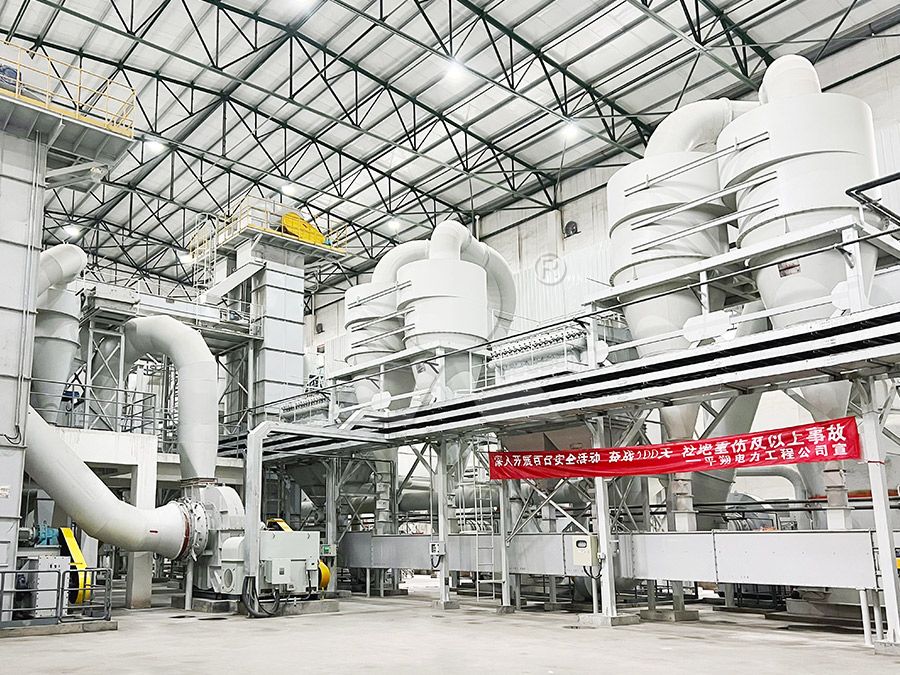Silica Sand Grinding Mill Machine Price Guide
Navigating the Cost Landscape of Silica Sand Grinding Solutions
For professionals in the industrial minerals sector, selecting the right grinding mill for silica sand is a critical decision that directly impacts operational efficiency, product quality, and bottom-line profitability. The price of these machines isn’t merely a sticker figure; it’s an investment calculation that must consider throughput requirements, energy consumption, maintenance costs, and final product specifications.

Silica sand, with its Mohs hardness of 7, presents unique challenges in size reduction. Traditional ball mills, while initially less expensive, often prove costly in the long run due to high energy consumption and significant wear part replacement costs. Modern grinding technologies have evolved to address these specific challenges, offering more efficient solutions that optimize the entire grinding process.
Key Factors Influencing Grinding Mill Pricing
Several elements contribute to the final price tag of silica sand grinding equipment. Machine capacity stands as the primary cost driver – higher throughput capabilities naturally command higher prices. The degree of automation and control systems significantly affects cost, with fully automated PLC-controlled systems representing a premium investment that typically delivers rapid ROI through optimized operation.
Construction quality and materials used in critical components like grinding rollers and rings substantially influence both initial cost and long-term value. Machines built with specialized wear-resistant alloys may carry a higher upfront cost but dramatically reduce replacement part expenses over years of operation. Additional factors include the sophistication of dust collection systems, noise reduction technology, and the precision of particle classification mechanisms.
Advanced Grinding Technologies for Superior Silica Processing
Among the various options available, our MW Ultrafine Grinding Mill represents a technological leap forward for operations requiring ultra-fine silica powders. With an input size capability of 0-20 mm and capacity ranging from 0.5 to 25 tph, this machine delivers exceptional performance for specialized applications. Its innovative design eliminates rolling bearings and screws within the grinding chamber, addressing two common failure points that plague conventional mills.
What truly sets the MW series apart is its remarkable efficiency. Comparative operational data shows production capacity 40% higher than jet grinding mills with system energy consumption reduced to just 30% of comparable systems. For operations targeting specific particle distributions, the adjustable fineness between 325-2500 meshes provides unparalleled flexibility, while the integrated pulse dust collector ensures environmentally compliant operation.

Strategic Investment: Balancing Initial Cost and Lifetime Value
The most economical grinding solution isn’t necessarily the cheapest to purchase. Savvy operations managers evaluate the total cost of ownership, which includes power consumption, maintenance downtime, wear part replacement frequency, and labor requirements. In many cases, a higher initial investment in advanced technology like our MW Ultrafine Grinding Mill translates to significantly lower operational expenses over the equipment’s lifespan.
For operations processing other materials alongside silica sand or requiring different fineness specifications, our LUM Ultrafine Vertical Grinding Mill offers complementary capabilities. With input size of 0-10 mm and capacity of 5-18 tph, this vertically configured mill incorporates the latest grinding roller technology from Taiwan and German powder separating technology for exceptional precision.
Making the Right Choice for Your Operation
Before committing to any grinding equipment purchase, conduct a thorough analysis of your specific requirements. Consider not only your current production needs but anticipated future expansion. Evaluate your technical team’s capabilities for maintenance and operation. Most importantly, partner with a manufacturer that provides comprehensive technical support and genuine spare parts availability.

The true value of a grinding mill reveals itself through years of reliable operation, consistent product quality, and minimal unscheduled downtime. By selecting equipment engineered for the specific challenges of silica sand processing, operations can achieve the optimal balance of performance and profitability.
Frequently Asked Questions
What is the typical price range for a silica sand grinding mill?
Pricing varies significantly based on capacity and features, ranging from approximately $50,000 for basic models to over $500,000 for high-capacity, fully automated systems. Our technical team can provide accurate quotations based on your specific requirements.
How does the MW Ultrafine Grinding Mill achieve higher energy efficiency?
The MW series incorporates newly designed grinding curves of the grinding roller and ring that enhance grinding efficiency, reducing energy consumption to just 30% of comparable jet grinding mills while increasing production capacity by 40%.
What maintenance advantages does the MW Ultrafine Grinding Mill offer?
With no rolling bearings or screws in the grinding chamber, the MW series eliminates common failure points. The external lubrication system allows for maintenance without shutdown, supporting continuous 24/7 operation.
Can the same mill process materials other than silica sand?
Yes, our grinding mills are versatile enough to process various materials including limestone, calcite, dolomite, gypsum, barite, and talc, making them valuable for operations with diverse product lines.
